Exploring the World of Flavors: A Tribute to Global Cuisine
Food is a universal language that transcends all barriers. I
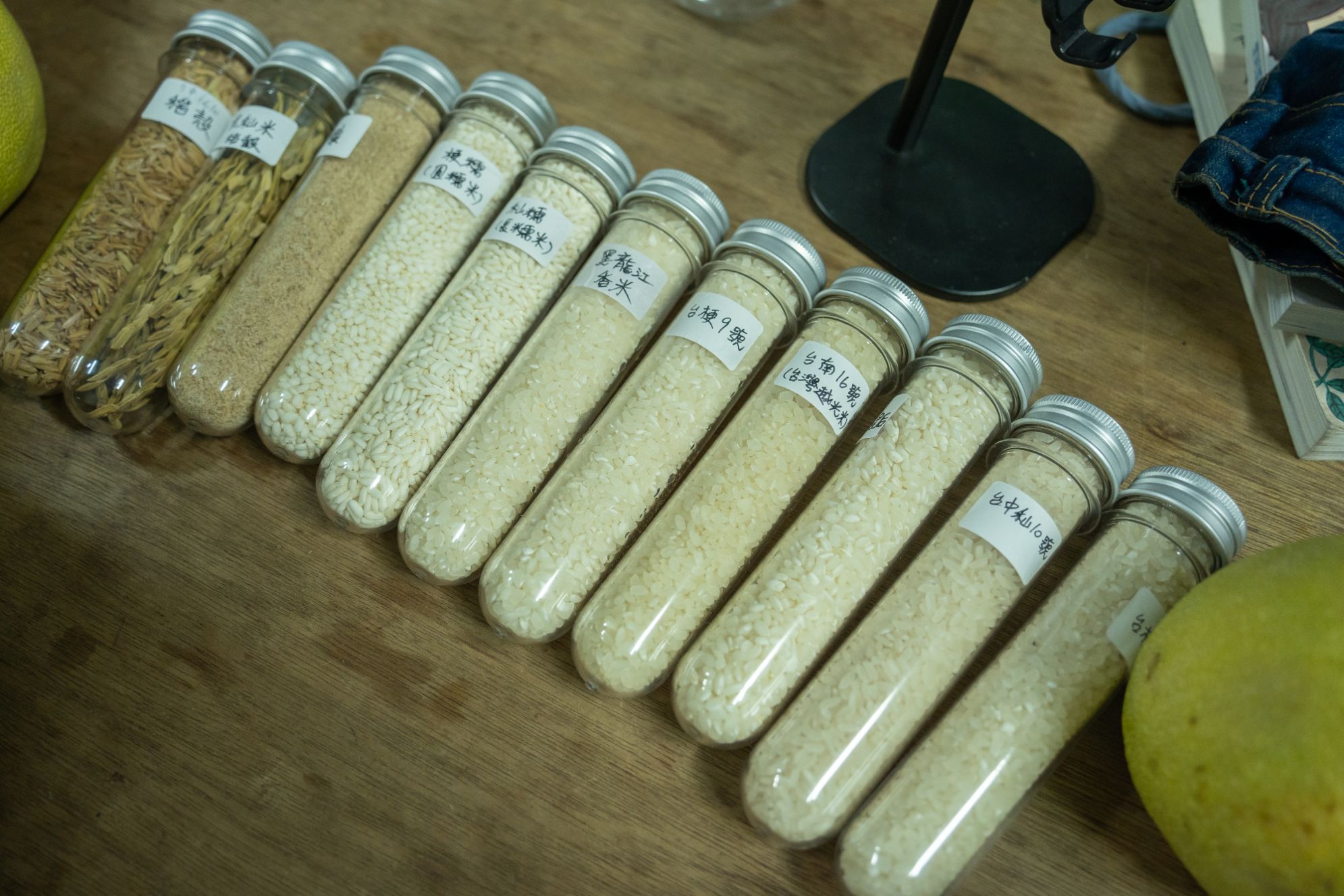
【Rice Agri-Food Education】9 Popular, Must-Try Rice Varieties In Taiwan
內容目錄
Toggle稻米在不同時空背景下有不同特性,比如早期追求產量,育種目標是想解決缺糧問題,隨著稻米供給飽和、大眾吃米量下降,育種家開始提升稻米的品質,以下這些品種來自育種家、農民的努力,讓我們得以吃到得來不易、美味可口的稻米。
Rice has different characteristics in different time and space backgrounds, such as the pursuit of yield in the early stage, and the breeding goal is to solve the problem of grain shortage. With the saturation of rice supply and the decline in the amount of rice eaten by the public, breeders have begun to improve the quality of rice. The following varieties are from breeders , farmers’ efforts, so that we can eat hard-won, delicious rice.

米粒飽滿、圓潤有光澤、食味佳、耐存放,因直鏈澱粉與粗蛋白含量低,口感又黏又Q,冷飯熱飯都好吃,是超商飯糰用米之一,是消費者最熟悉的品種之一,栽培面積擴及全台。以北陸100號為母本培育而成,不須使用太多氮肥即可獲得高產量。
Rice grains are plump, round and shiny, with good taste and storage resistance. Due to the low content of amylose and crude protein, the taste is sticky and chewy, both cold and hot rice are delicious. One of the most popular rice for Taiwanese, the cultivation area has expanded to the whole Taiwan. Breeding from Hokuriku No. 100 as the female parent, high yield can be obtained without using too much nitrogen fertilizer.

米粒大,透明度高,口感軟硬適中有彈性,常常入選全國名米產地冠軍賽。本身具有多種病蟲害抗性、肥效佳的特徵,是適合省工栽培的品種,也是目前有機栽培種植面積最廣的品種。
The rice grains are large, the transparency is high, the taste is perfect, not too soft and not too hard. It is often selected for the national famous rice origin championship. It has the characteristics of resistance to various pests and diseases and good fertilizer efficiency. It is a variety suitable for labor-saving cultivation, and it is also the variety with the most extensive planting area of organic cultivation.
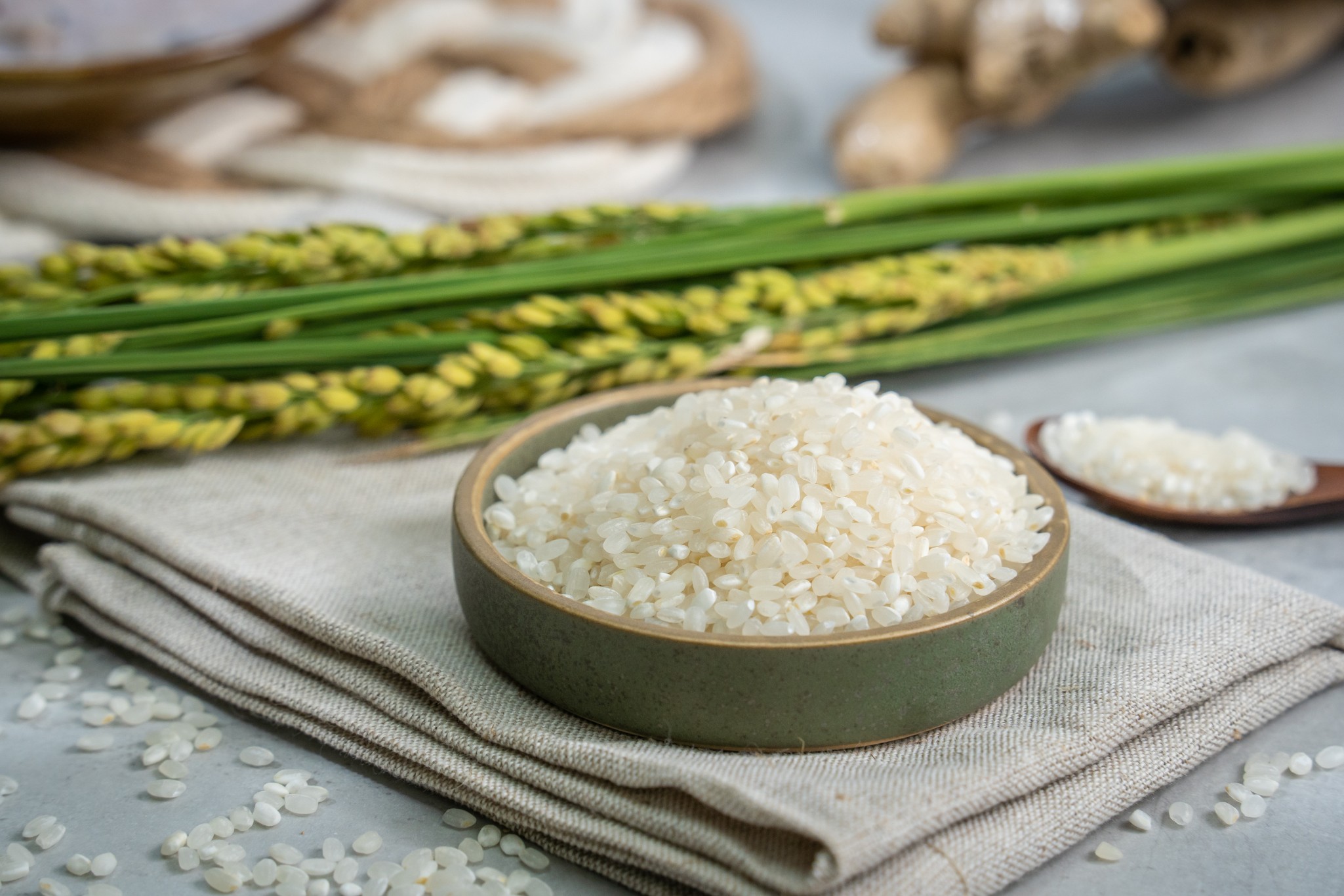
米粒外觀飽滿、口感軟Q,該品種約占80% 秈稻栽培面積,可是秈稻的領先品種唷!
1930年代以後,台灣人喜愛的米口感逐漸從秈米變成梗米,秈米口感較硬、黏性較低,適合拿來加工,製作米糕、米苔目等。而台中秈10號由台中農業改良場培育而成,改善一般秈稻不耐寒的特性,更具有梗米的軟Q口感。
穀笠合作社每一期都會嘗試種不同品種的米,而111年第一期,穀笠合作社的佳達與秀慧種的就是台中秈10號,想吃友善耕作的台中秈10號,歡迎訂購喔!
The rice grains are plump in appearance and soft in taste. This variety accounts for about 80% of the cultivated area of indica rice, it is the leading variety of indica rice!
After the 1930s, the taste of rice favored by Taiwanese gradually changed from indica rice to japonica rice. Indica rice has a harder taste and lower viscosity, and is suitable for processing, making rice cakes, rice moss, etc. Taichung Sen No. 10 is cultivated by Taichung Agricultural Improvement Farm, which improves the cold-resistant characteristics of general indica rice, and has the soft and chewy test of japonica rice.
Guli Cooperative tries to grow different varieties of rice in each year, and this year Jiada is planting Taichung Sen No. 10. If you want to eat Taichung Sen No. 10, you are welcome to order it!
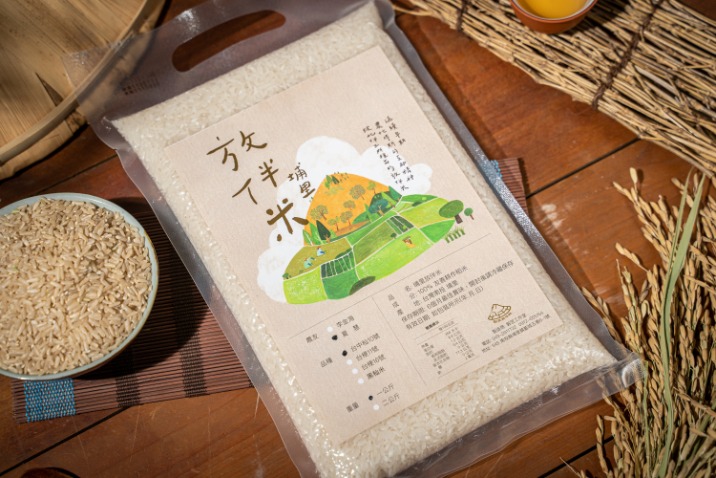
外觀晶瑩剔透,*心腹白少,完整米率高常作為壽司米。是「全國名米產地冠軍賽」的常勝軍,食味值不低於台梗9號,與台梗9號並列為台灣超商愛用飯糰米之一,外觀與口感也獲得日本市場的喜愛呢!
The appearance is crystal clear, with little chalky kernel, and high rate of complete rice. It is often used as sushi rice. It is a constant winner of the “National Famous Rice Origin Championship”. The taste value is not lower than Taiken No.9. It is one of the favorite rice balls used by Taiwanese supermarkets along with Taiken No.9. The appearance and taste are also loved by the Japanese market!

外觀晶瑩剔透,心腹白率低,耐儲存,冷熱飯口感皆佳,多次榮獲「十大經典好米」的殊榮,栽培面積也隨之增加。
而高雄145號是怎麼來的呢? 高雄139號雖食味佳,但稍有心腹白,因此有「醜美人」之稱;而日本絹光米風味佳,甚至與月光米齊名。高雄145號是由高雄139和日本絹光米進行雜交選育而來,主要目的是改良高雄139外觀不佳的問題。
The appearance is crystal clear, the chalky kernel rate is low, the storage is stable, and the taste of both hot and cold rice is good. It has won the honor of “Top Ten Classic Good Rice” for many times, and the cultivation area has also increased.
And how did Kaohsiung No.145 come to be? Although Kaohsiung No.139 tastes good, it has a little confidant, so it is called “ugly beauty”; and Japanese Koshihikari has a good flavor, even as famous as moonlight rice. Kaohsiung No. 145 is a cross breeding of Kaohsiung No.139 and Japanese Koshihikari. The main purpose is to improve the poor appearance of Kaohsiung No.139.

外觀晶瑩剔透,口感黏性強,柔軟又Q彈,食味質佳,且冷卻後還能保有Q彈口感,特別適合做成壽司。越光米原產於日本,是日本天皇御用米,但因為對日照敏感,在台灣栽種,容易提早抽穗開花,口感也變得較硬,且產量不穩定,所以農民種植意願不高。
The appearance is crystal clear, the taste is sticky, soft and elastic, the taste is good, and it can retain the elastic taste after cooling, which is especially suitable for making sushi. Koshihikari rice is native to Japan and is the imperial rice of the Japanese emperor. However, because it is sensitive to sunlight, planted in Taiwan, it is prone to early heading and flowering, the taste becomes harder, and the yield is unstable, so farmers are not willing to plant it.

外觀晶瑩剔透,口感軟Q,適合做壽司。越光米的口感、食味俱佳,原產地在日本,但因為對日照敏感,在台灣適應不良,口感偏硬且產量不多。於是台南改良場與台大農藝系合作,選育出口感與越光米一樣好,而且適合台灣環境的台南16號,產量高於越光米約 30% 以上,「台版越光米」就此誕生囉。
The appearance is crystal clear and the taste is soft and chewy, suitable for making sushi. Japanese Koshihikari rice has good taste. It is from Japan, but because it is sensitive to sunlight, it is not suitable for adaptation in Taiwan. The taste is hard and the output is not much. Therefore, Tainan Improvement Farm cooperated with the Department of Agronomy of National Taiwan University to select Tainan No.16, which is as good as Koshihikari rice and suitable for Taiwan’s environment. The output is about 30% higher than that of Koshihikari rice.
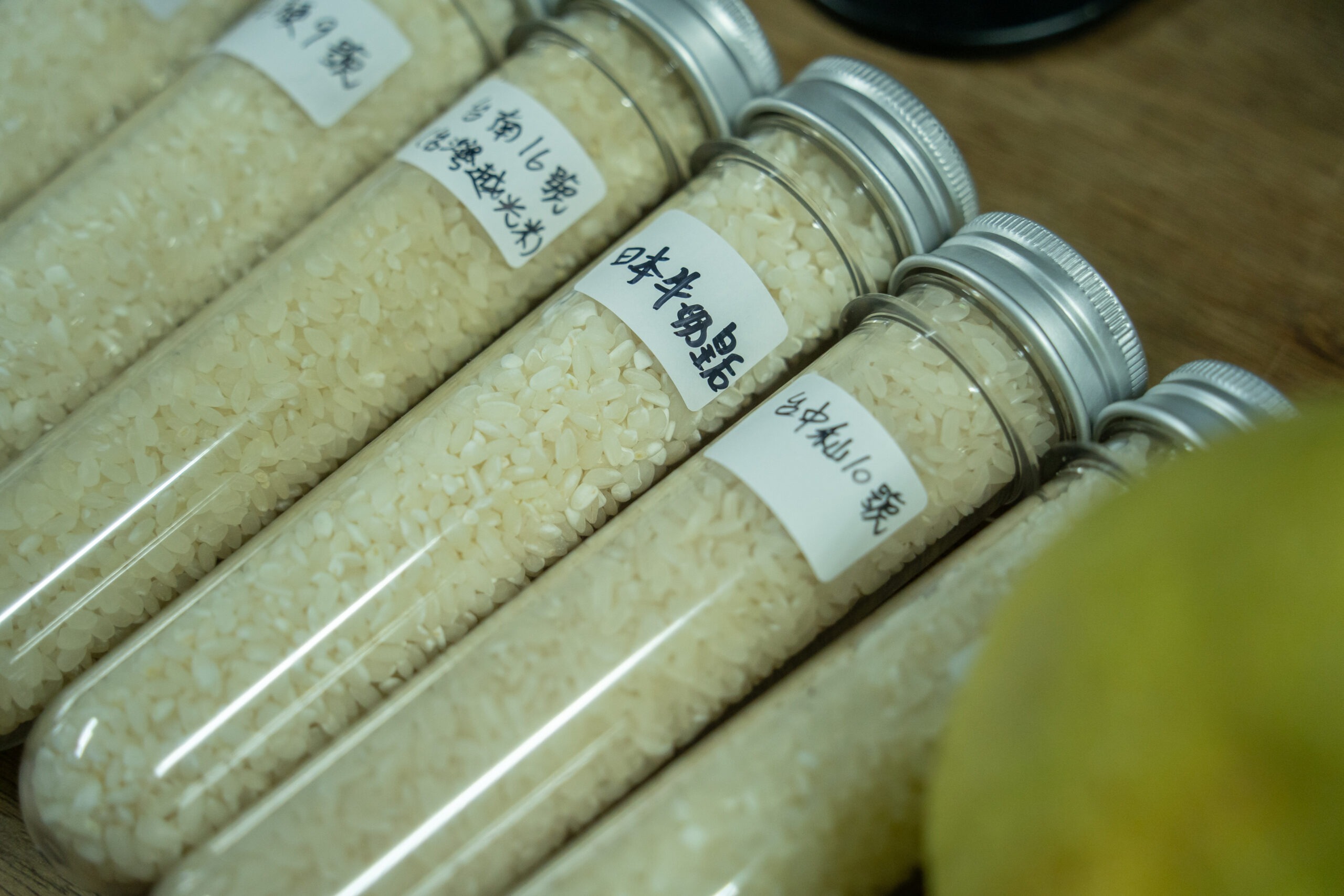
外觀晶瑩剔透、飽滿圓潤,具有良好黏性與彈性,米飯具有濃濃芋頭香氣,也是「全國名米產地冠軍賽」的常勝軍。
台農71號是怎麼來的呢? 原本台梗4號具有香氣但外觀不討喜,而日本絹光米風味佳、與越光米齊名,兩者雜交選育而誕生了台農71號。
台農71號是在民國80年,由郭益全博士所率領的團隊開始培育,歷時9年改良過程,才在民國89年登記命名,但在果發表前夕,郭博士因勞累過度而過世,所以為了紀念郭博士,將此品種的米命名為「益全香米」。
Tai Nong No. 71 (Yiquan Fragrant Rice)
The appearance is crystal clear, plump and round, with good stickiness and elasticity, and the rice has a strong aroma of taro.
How did Tai Nong No. 71 come from? Originally, Taiken No. 4 had an aroma but an unpleasant appearance, while Japanese silk rice had a good flavor and was as famous as Koshihikari rice. The two were crossed to give birth to Tai Nong No. 71.
Tai Nong No. 71 was cultivated by the team led by Dr. Guo Yiquan in the 1980s. It took 9 years of improvement before it was registered and named in 1989. However, on the eve of the publication, Dr. Guo passed away due to overwork, so to honor and remember Dr. Guo, this variety of rice was named “Yiquan Fragrant Rice”.
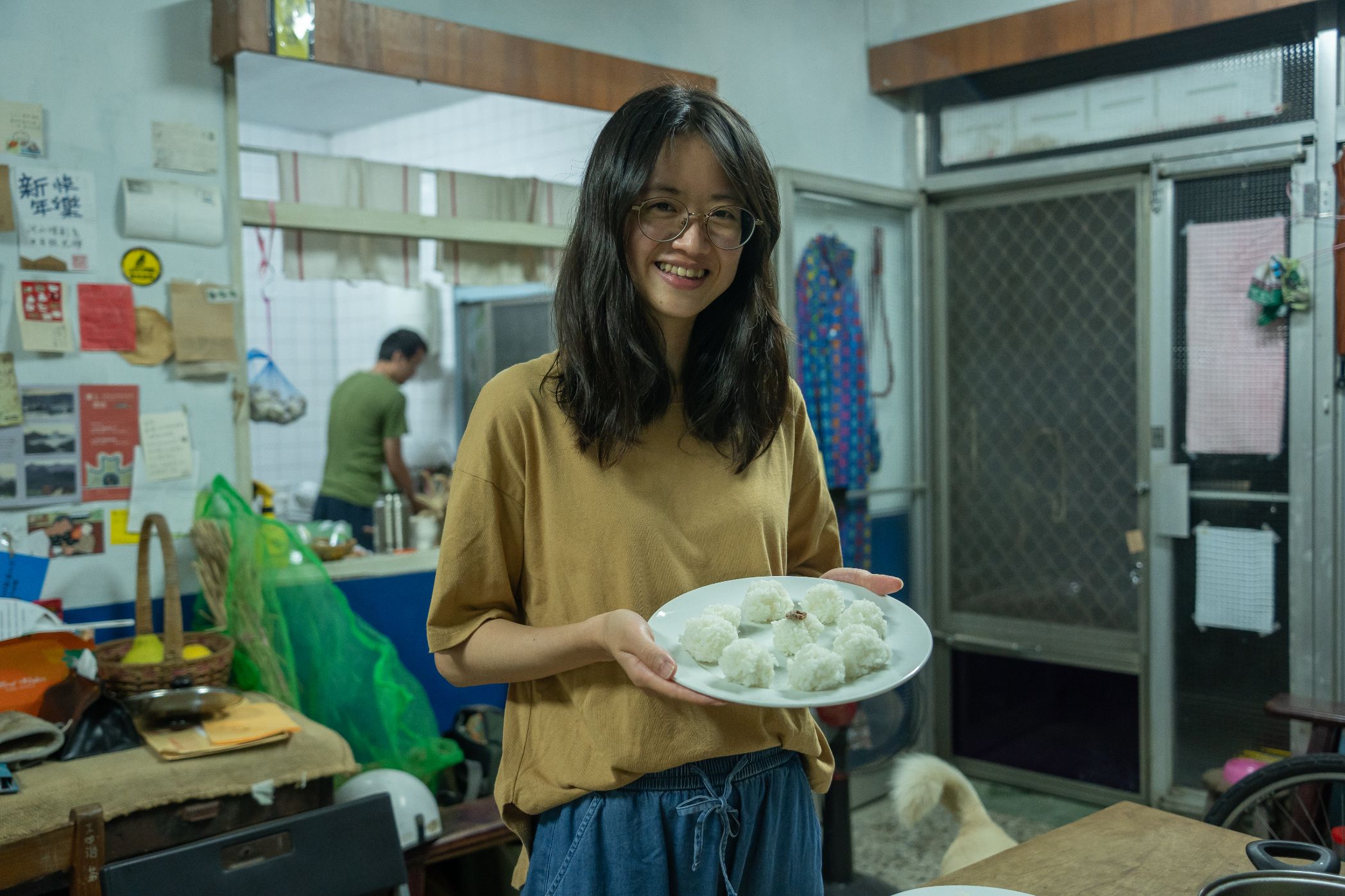
米粒較大,外觀與食味佳,冷飯熱飯皆具黏性與彈性,可用做壽司米。糙米與白米皆具有芋頭香味,又稱為「新香米」。由桃園農改場,以產量高但心腹白稍高的台梗4號,與對稻熱病具抗性的台農2號,雜交培育而成。育成地點在桃園縣新屋鄉,新屋鄉「新香米」也多次獲得全國十大經典好米產區的殊榮。
Taoyuan No.3 (New Fragrant Rice)
The grains of rice are large, with good appearance and taste. Both cold and hot rice are sticky and elastic, and can be used as sushi rice. Both brown rice and white rice have the aroma of taro, also known as “new fragrant rice”. It was cultivated by cross-breeding Tai Nong No. 4, which has high yield but slightly higher white rate, and Tai Nong No. 2, which is resistant to rice fever. The breeding site is in Xinwu Township, Taoyuan County. Xinwu Township’s “Xinxiang Rice” has also won the honor of the top ten classic rice producing areas in the country for many times.
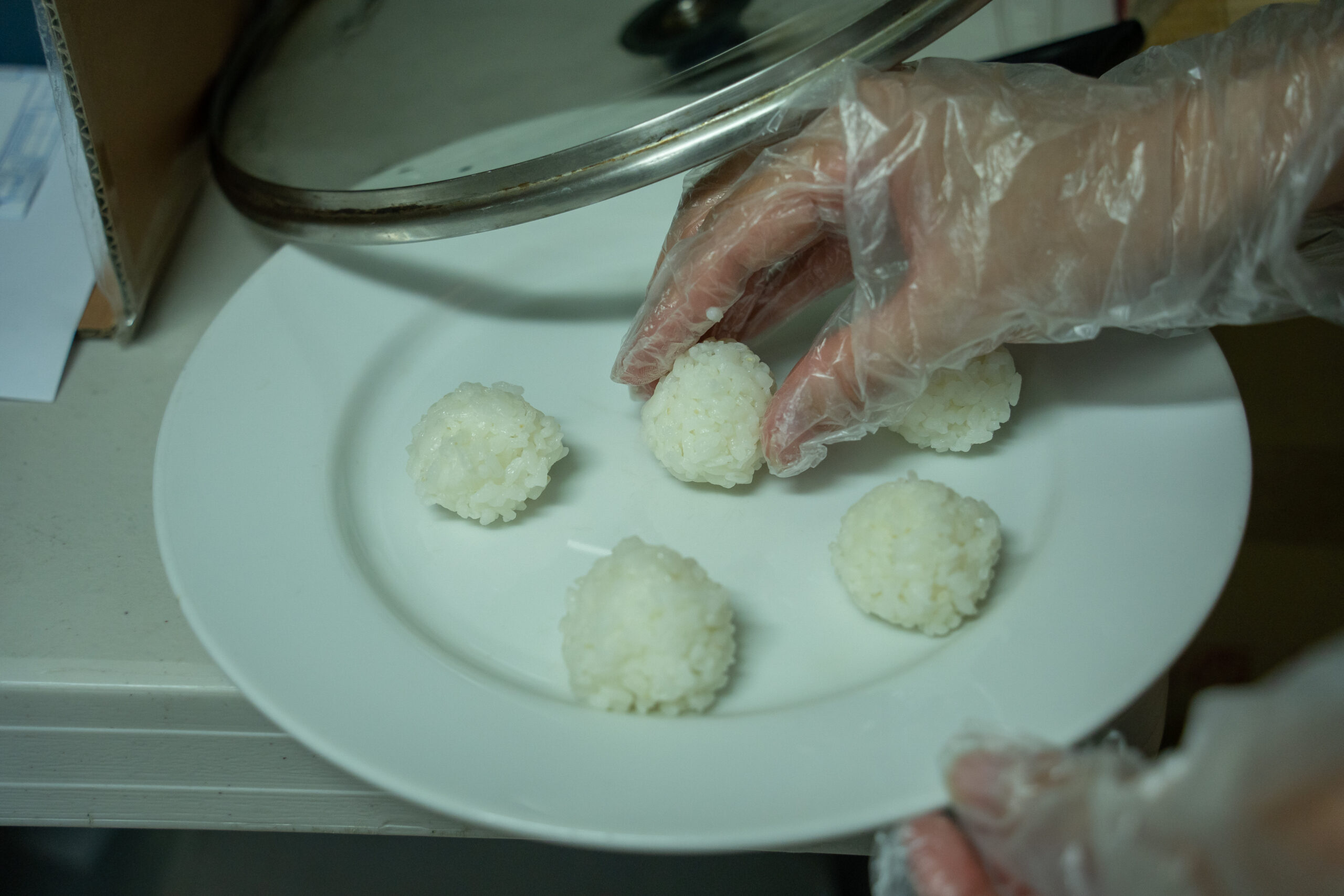
*心腹白:
白米常見的白色外觀有兩種-心腹白和白堊質粒。
通常品質越高的米, 白堊質粒的比例就越低。而心腹白因為無法篩選,遇到氣候不佳的產期,可能出現較多的心腹白米粒。
*Heart-Belly-White Rice:
There are two common white appearances in white rice – Heart-Belly-White Rice and chalky grain.
Generally, the higher the quality of rice, the lower the proportion of chalky grains. And because the heart-belly-white rice cannot be screened, there may be more heart-belly-white rice grains when the weather is not good.
台灣因為有得天獨厚的環境氣候,這片肥沃的土地才能孕育出這麼多美味的食物。但也別忘了,我們所吃下的每一口米,背後都有一群育種家,在品種改良上付出了非常多心力與時間,守護你我手中捧著的那一碗飯。
Because of Taiwan’s unique environment and climate, this fertile land can breed so many delicious foods. But don’t forget that every bite of rice we eat is backed by a group of breeders who have put a lot of effort and time into improving varieties to protect the bowl of rice that you and I hold in our hands.

歡迎註明出處並轉載、分享,也歡迎預約雙語米食文化體驗課程喔!
Welcome to indicate the source and share the articles, and also welcome to book a rice culture experience tour with us!
Food is a universal language that transcends all barriers. I
W dzisiejszych czasach, kasyna online stają się coraz bardzi
Stepping into the vibrant world of online casinos can be an